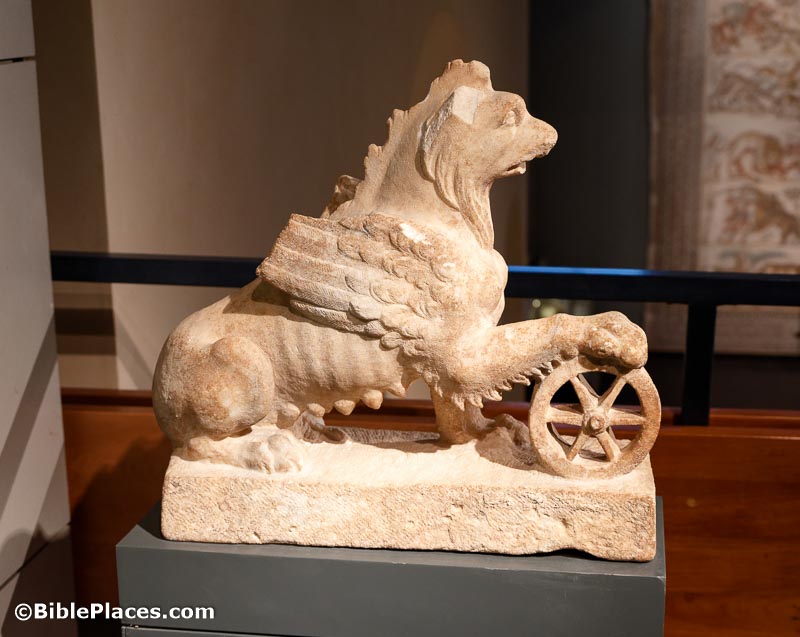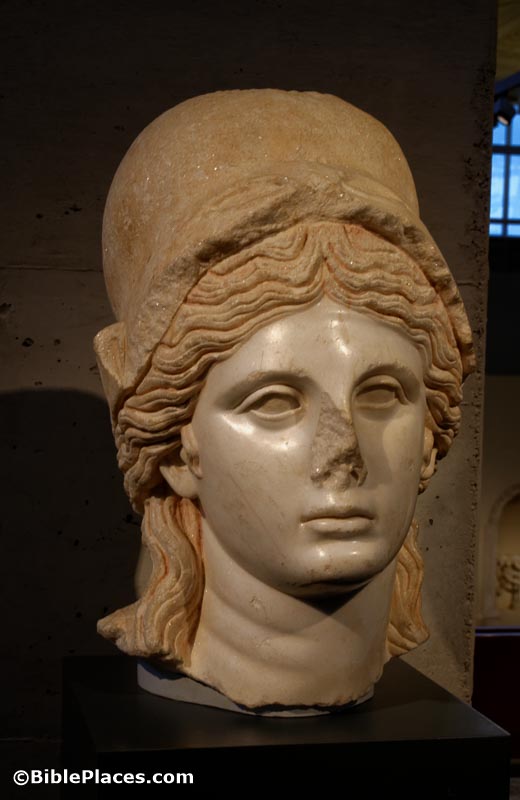Nearly 400 Roman forts across the northern Fertile Crescent have been identified through declassified satellite images.
Greg Beyer has written a short illustrated biography of King Sennacherib.
Nathan Steinmeyer explains what Akkadian is.
Three thousand photographs taken of Palmyra before its destruction by ISIS are being used in a UCSD project to create a digital model of the site.
Wayne Stiles is leading a 13-day tour of biblical Turkey that, unlike most such trips, visits all of the sites Paul traveled to on his first journey.
What route did Paul take when he left Berea in a hurry and went “to the coast” and on to Athens (Acts 17:14)? Mark Hoffman has scouted out the area and provides walking instructions for the possible paths. You can also use his maps to find your way in a car.
Breakthrough has produced a 20-minute documentary on the quest to decipher the scrolls from Herculaneum.
Jonathan Klawans makes a case that a relief of a goddess on display at the Harvard Museum of the Ancient Near East is a forgery.
New release: Weights and Measures as a Window on Ancient Near Eastern Societies, edited by Grégory Chambon and Adelheid Otto (PeWe-Verlag, €65; free pdf).
A YouTube channel is using AI to recreate the sound of ancient languages.
HT: Agade, Arne Halbakken, Ted Weis, Keith Keyser, Explorator

